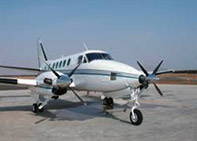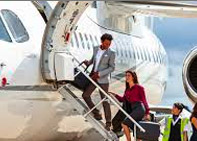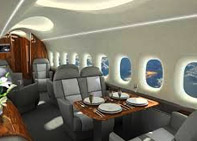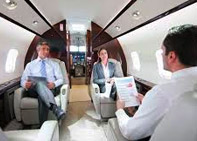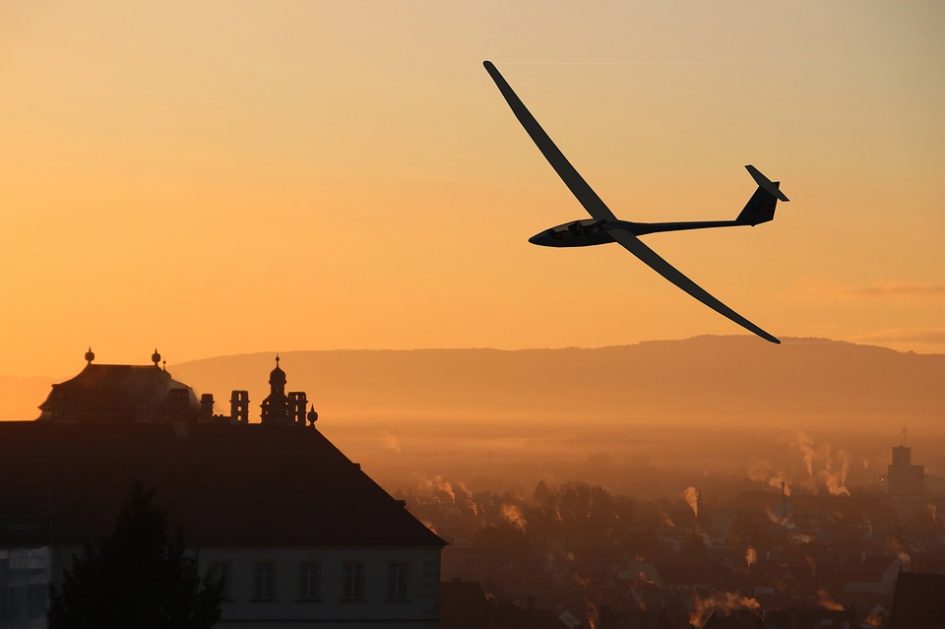Skydweller Aero aims to produce the world’s first commercially viable pseudo-satellite (aka: a solar-powered airplane) that is capable of staying in the sky for months at a time.
In 2016, the solar-powered plane, covered with over 17,000 solar panels, gave the world a glimpse of the future of flights. It had a wingspan of a Boeing 747, and weighed only as much as an SUV, circumnavigating the Earth without using a drop of fuel.
With the creativity and invention of Swiss explorer Bertrand Piccard and Swiss engineer Bertrand Borschberg, the Solar Impulse 2 was built to showcase the potential of renewable energy. The solar-powered plane achieved its record-breaking flight to accomplish its goal and get a new lease of life.
Skydweller Aero bought the solar-powered plane in 2019 with the objective of turning the plane into the world’s first commercially viable pseudo-satellite. The plane is capable of doing the work of an orbiting satellite that offers more flexibility and has a less environmental impact.
Skydweller’s CEO, Robert Miller, explained that a pseudo-satellite is an aircraft that stays aloft. Further, Miller stated that the aircraft can stay aloft for 30, 60, 90 days, or even a year. And as such, it can do anything one would imagine a satellite can do, which includes providing telecommunications and Earth imaging, as well as disaster response and monitoring natural resources.
Satellites are typically expensive to build, and using an aircraft for such applications is more flexible and cheaper. Plus, the satellites have to be launched into orbit via a rocket, generally powered by fossil fuels. Furthermore, it’s more sustainable as satellites have limited lifespans and also get decommissioned, which adds to the challenges of growing space junk. Recent research adds that large constellations of satellites could damage the ozone layer by releasing chemicals as they burn on re-entry into the Earth’s atmosphere.
Skydweller spent months after buying Solar Impulse 2 to modify it. Next, they flew it again for the first time in November 2020, and since then, it has completed around 12 test flights. Miller added in the context that they are in the process of turning it into a drone. He added that the pilot is still there for safety, but now they had the ability to fly the aircraft totally autonomously.
Moreover, Miller stated that the aircraft could be deployed as early as 2023 and that he believes there will be a market for a fleet of thousands.
